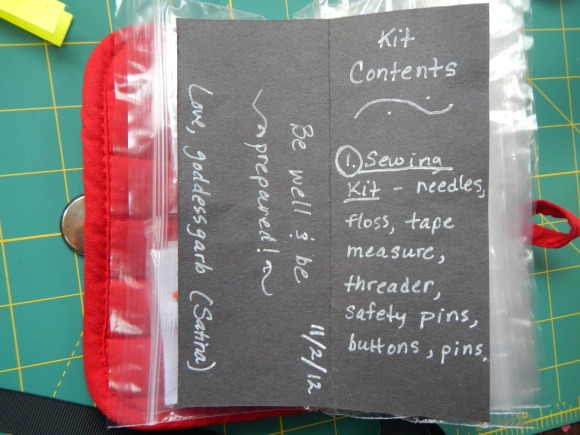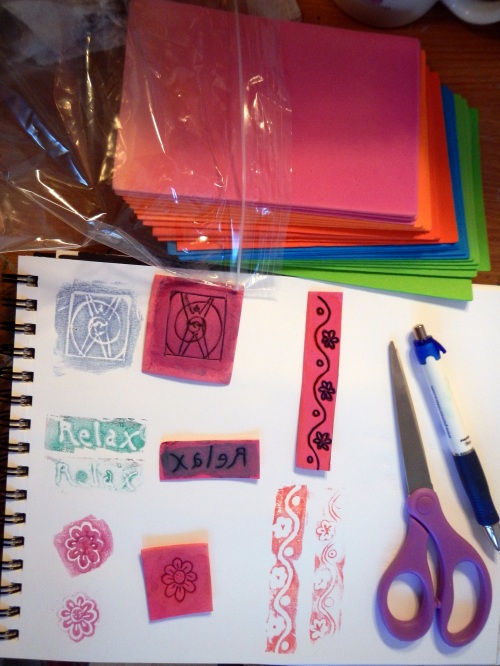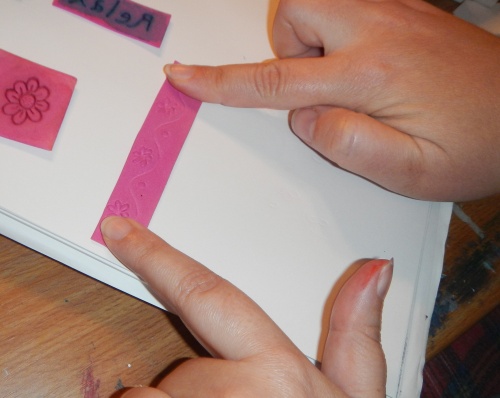The art journaling and scrapbooking worlds have invited all kinds of wonderful ‘untrained’ artists into the creative world, and I think that’s beyond great!!! But I’m sad to see that lots of them are struggling with how to make themselves happy with their art due to not having those basics that make the difference in being able to make things that please the eye. I highly recommend that if you are not happy with your mixed media, art journaling, scrapbooking, cardmaking, or any other visual arts endeavor, that you take a basic art class or read some basic art books, because those basic things can make THE key difference between spending your time and money on art that pleases you and feeling there’s *something* missing but you just can’t put your finger on it. I know some artists are too impatient and just want to get to making art without learning the basics, and I understand that being a very impatient artist myself. But I’ve also realized, the more I do art, how much I rely on my basic art training to make stuff that pleases me. I mostly do it without thinking about it because it’s a part of me now, but this is all stuff I had to learn at some point or another, and I’m realizing that all these new ‘untrained’ artists don’t have that yet.
What about, “Just jump in and start playing with your stuff!”?
I am all for jumping in and experimenting, but I also know that understanding the basics can lead to a much more satisfying outcome. And that stuff costs money. If I pay a bunch of money for special materials, I want to know all the bells and whistles of getting the most out of them…then I’ll experiment and see if I can get even more! After all, the materials were designed for a purpose, made just so they’ll do this or that…and I want to know what makes them special! I’ll admit, it frustrates me when people who know a lot of about art and supplies tell you to just start playing, because there are things to know about each medium that will make them WAY more fun to play with. That’s also the reason I want to do more supply reviews.
So yeah, I’m not a professional art teacher or anything, but I did take a year of art school and have since read (and continue to read) tons of art books, plus I’ve been doing art since I was a toddler, and I want to share what I’ve found for anyone who might benefit. So I’m adding a new Category to my blog for basic art lessons, Art Basics.
Let’s start with the first, and in my opinion, most important.
COMPOSITION
Composition is one of those things that I think is essential to any good piece of visual creativity. And it’s one of the things I hear new art-makers of all kinds asking about the most. Composition refers to how elements are composed, or put together, in a work of art, and the usual goal is to strive for a balanced, pleasing composition of elements.
So, here are things I’ve learned (and I feel) about getting a good composition:
1. Odd Numbers. The eye likes to see odd numbers of things, not even ones.
2. Organic Lines. It likes irregular lines, not super straight, angular ones, although if the point of the painting is to show straight edges, as in architecture, that’s different.
3. Brains Like to Imagine. Our brain likes to ‘make things up’ on its own regarding texture, rather than to have it shown everything perfectly. It likes to see bunnies in the clouds, so to speak (The Confident Creative is where I read that, I think). That’s what is so pleasing about loose watercolor, as opposed to tight. Tight doesn’t let our brains imagine enough, it gives us everything and we get bored. Even a photo where everything is in sharp focus doesn’t give us enough to do and we get bored.
4. Diagonals, Curves, and Triangles. The eye likes to follow diagonals and curves rather than boxes. Triangles draw us in and are the most often used arrangements seen in the classics.
5. Balance of Light and Dark. It likes to see things balanced, weightwise and lightwise. My teacher called it, “chiaroscuro,” an Italian word, and though I don’t remember what the word means translation-wise, I’ve never ever forgotten the concept. Again, it was something you see in the old classic works. I believe it was Caravaggio who was THE master of this. It breaks down to having darks and lights throughout the painting to keep your eye playing and moving, and varying the size of them so it’s not all static. If you have a big dark on one side, compensate with two smaller darks on the other, not just another big dark. Another big dark is also two things rather than three.
6. Limited Tones. It likes to see contrasts in tone so it has more to look at, but not too many. Three main tones are what it’s most comfortable with, a dark, a medium, and a light, so if you can break your image into that, you’ll please the eye more. An exercise for this is to take your image and use just three tones to depict it, and see if it pleases the eye.
7. Variable, Balanced Heights. It likes variable heights, and it likes heights to be balanced somehow, rather than all tall on one side. So for instance, if you have a tall tree on one side, you will need to compensate with colors or heavy darks or otherwise weigh down the other side so the tree doesn’t tip the painting to that one side or keep the eye from leaving.
8. Off-Center. It mostly doesn’t enjoy a horizon right in the center, it prefers it to be higher or lower. Same with the focal point left to right. It likes it better off-center, but balanced. Portraits are usually the exception and are painted exactly in the center, although personally I much prefer ones that are not, where balance is found in other ways, such as a 3/4 view with some shoulder or the body, the face looking into a side background with darks to balance.
9. Big and Small. A mixture of small and large shapes is more pleasing, too. Sometimes I can get a painting or mixed media piece that seems layered and rich and whatever, but the shapes are all the same size so it’s not making me happy. If my shapes are all little, I try to add some big shapes, and if they’re big or medium, I try to add small. Sometimes there is a sense of beauty, but not enough little detail, like wearing a pretty outfit but no jewelry…not enough to look at. So it needs that.
10. Intuition. Intuitively speaking, I guess mentally I place the image on a seesaw to see if it balances or if I feel one side would weigh down that side of the seesaw. Then I use shape, tone, color, line, height, interest etc. to add weight or take it away until it feels like that seasaw would stay horizontal. I work so that the eye doesn’t stay on one side of the painting or the other, but enjoys both sides, and so that it doesn’t stick in the middle, but moves around.
If you can’t figure out what you don’t like about your piece, maybe looking at these tips will lead you to see which of the above things might need addressed. I hope this can help you make art that pleases you!




























